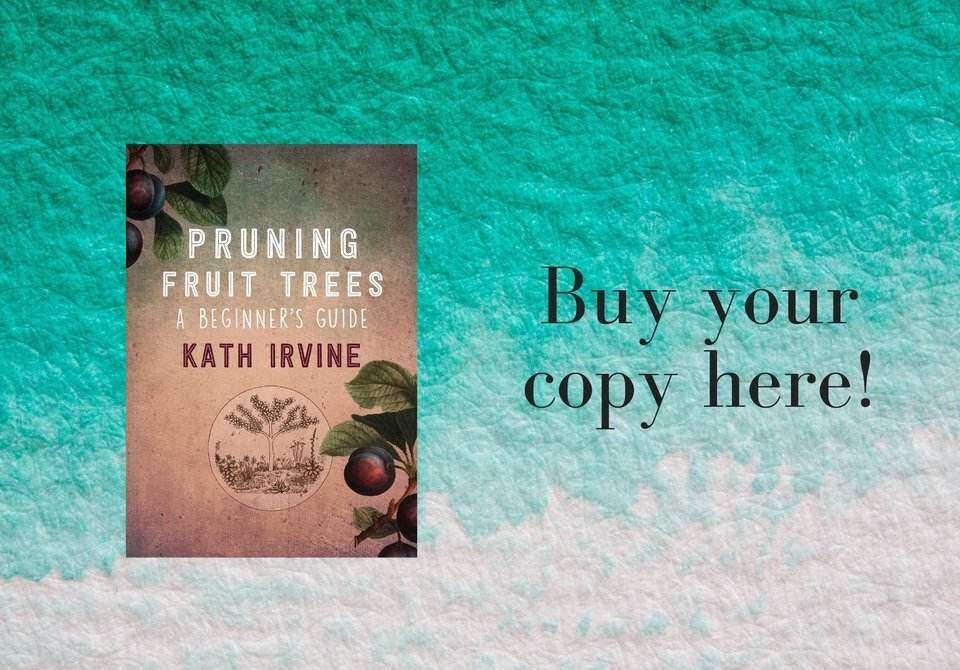How to Summer Prune Stonefruit
Plums, Apricots, Peaches, Nectarines, Almonds and Cherries are all stonefruit and best pruned in summer when they finish fruiting. There's a few good reasons to prune them now rather than winter.
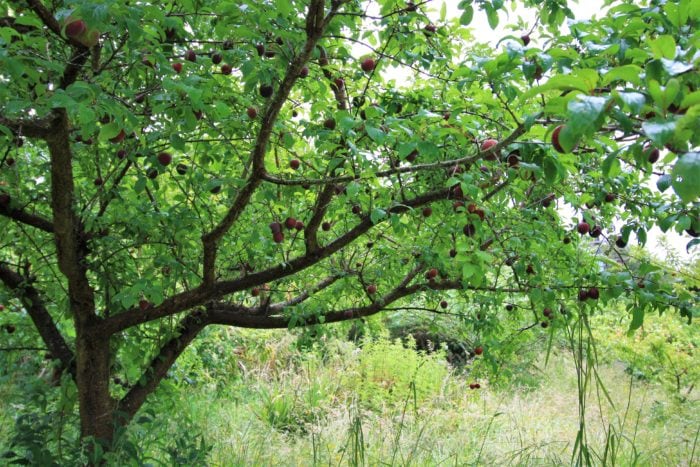
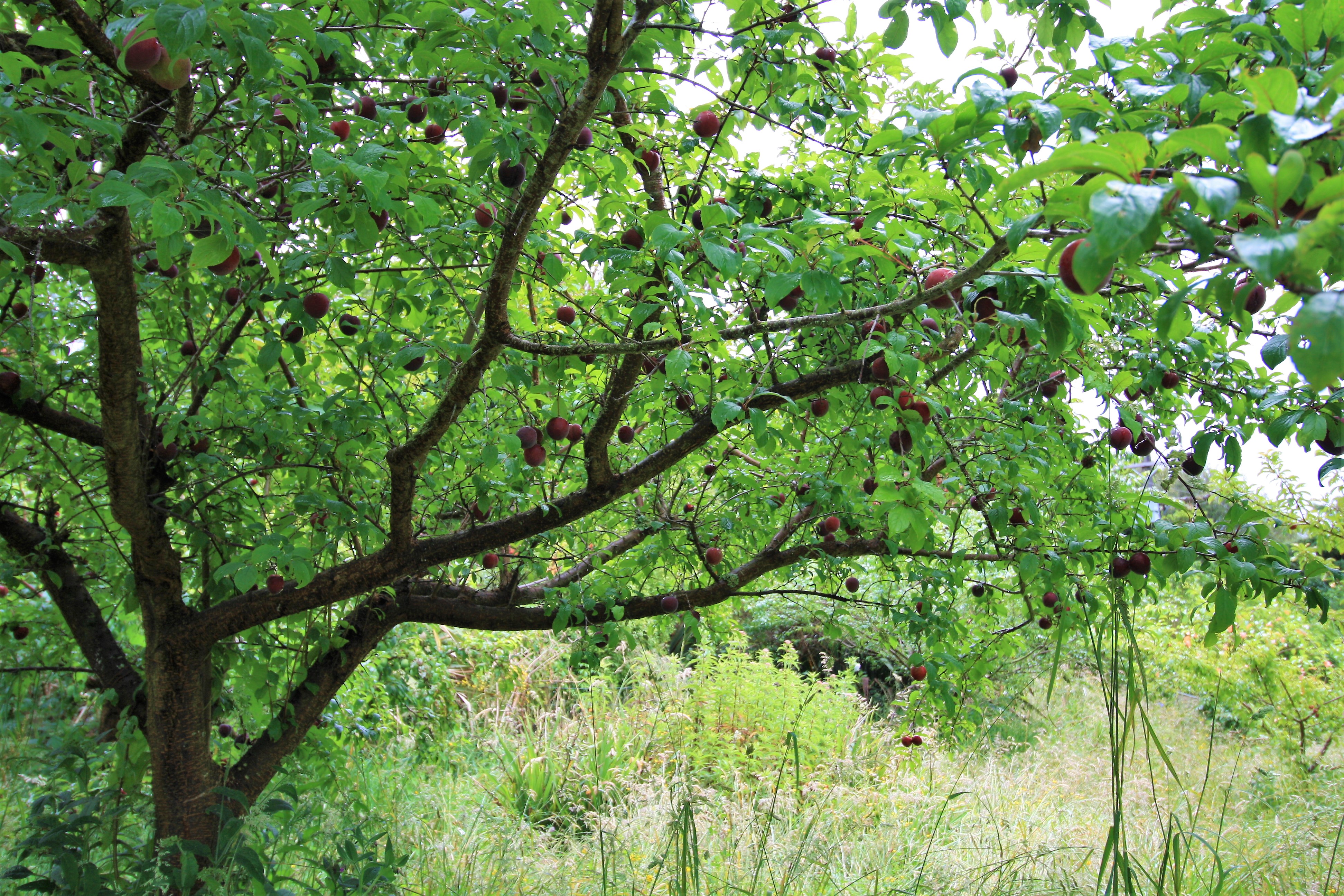
Plums, Apricots, Peaches, Nectarines, Almonds and Cherries are all best pruned in summer after they finish fruiting. Pruning them now:
- gives you surety against silverleaf disease because there are no spores on the wing at this time of year
- spreads out the pruning jobs (which I am grateful for every year)
- but best of all - it reduces the trees growth response, alot less shoots in spring!
- is especially great for beginners because it's really clear, when all the leaves are on, exactly where light needs to penetrate.
Revisit your 5 golden pruning rules here.
Remember that less is more, that every cut you make elicits a response from the tree.
The more you cut, the more trees shoot.
The less you cut, the less they shoot.
Stonefruit, in particular Cherries and Almonds, are near un-tamable - it is their nature to spread up and out. Make your goal to steady growth with a few well chosen cuts, rather than 'control' the tree.
Rest easy knowing that in time you'll have pruning sorted. It's alot at the beginning I know - you'll have loads of questions as you work your trees, but try not to get tangled up in knots. My little pruning book takes you step by step
A vase shape for stonefruit
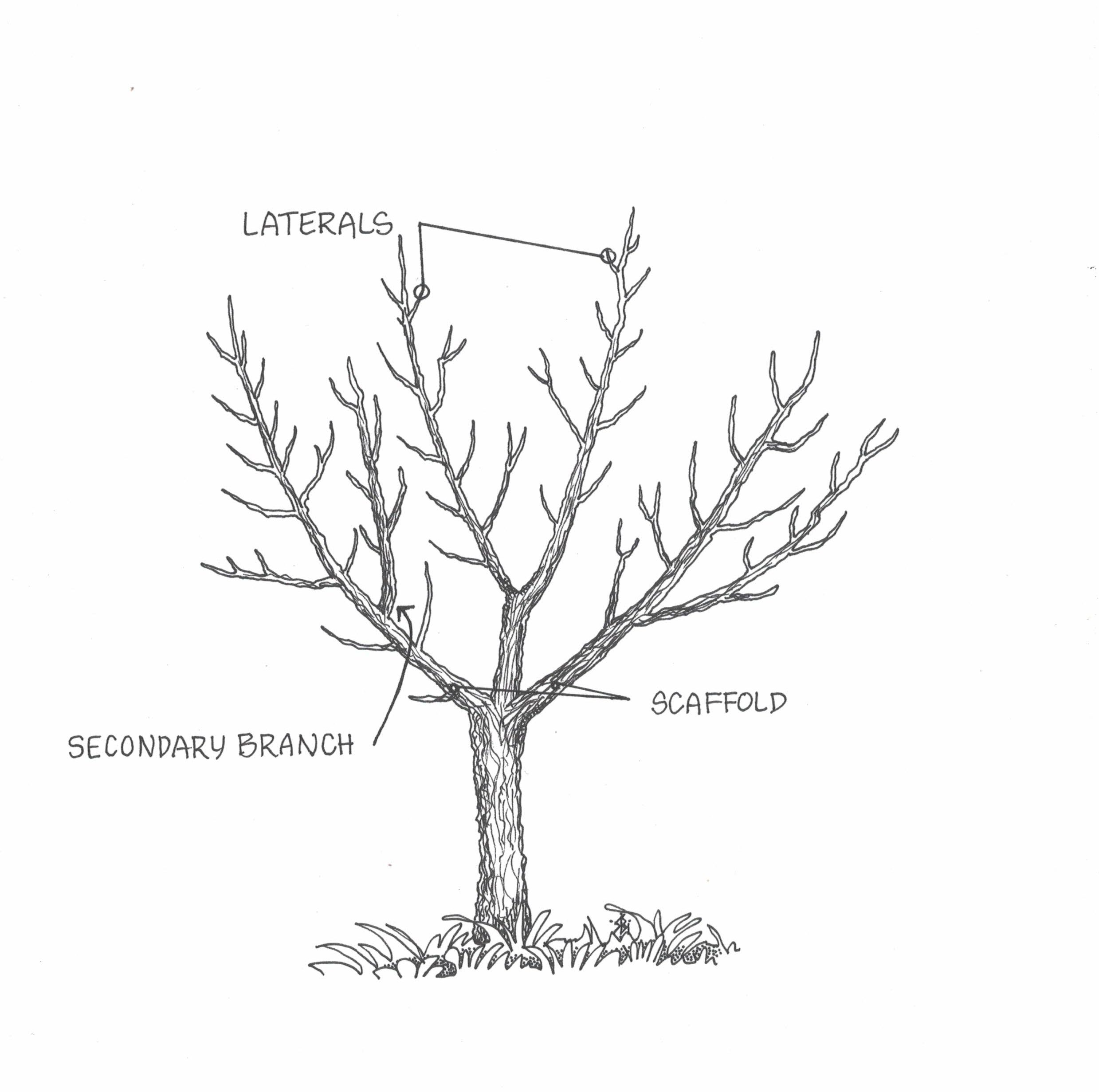
Before we get pruning, its useful for you to understand how to create and manage a vase shape - the best shape for naturally spreading stone fruits. It begins at planting, and in the ensuing early years with training and a few targeted cuts.
The end goal is 4 - 6 evenly spaced main branches - these are called scaffolds and ideally come off the trunk at about 1m off the ground. This makes for a lovely low centre of gravity and lower trees that are easier to birdnet, pick and prune.
The scaffolds (main branches), and trunk make up the framework of the tree.
- From the trunk springs the scaffolds
- From the scaffolds spring secondary branches, and sometimes tertiary in gorgeous big old specimens.
- From both scaffolds and secondary branches spring the lateral shoots that bear the flowers and fruits.
Go out to your tree and work out what is what. Start with the easy bit - the trunk. From there identify the scaffolds, the secondary branches and finally the laterals.
Such a valuable practice if pruning addles you! Run through this sequence every time you are with your trees. It's makes a huge difference, when you understand the framework and how its made up. Over time, you'll get your eye in.
Start with the frame
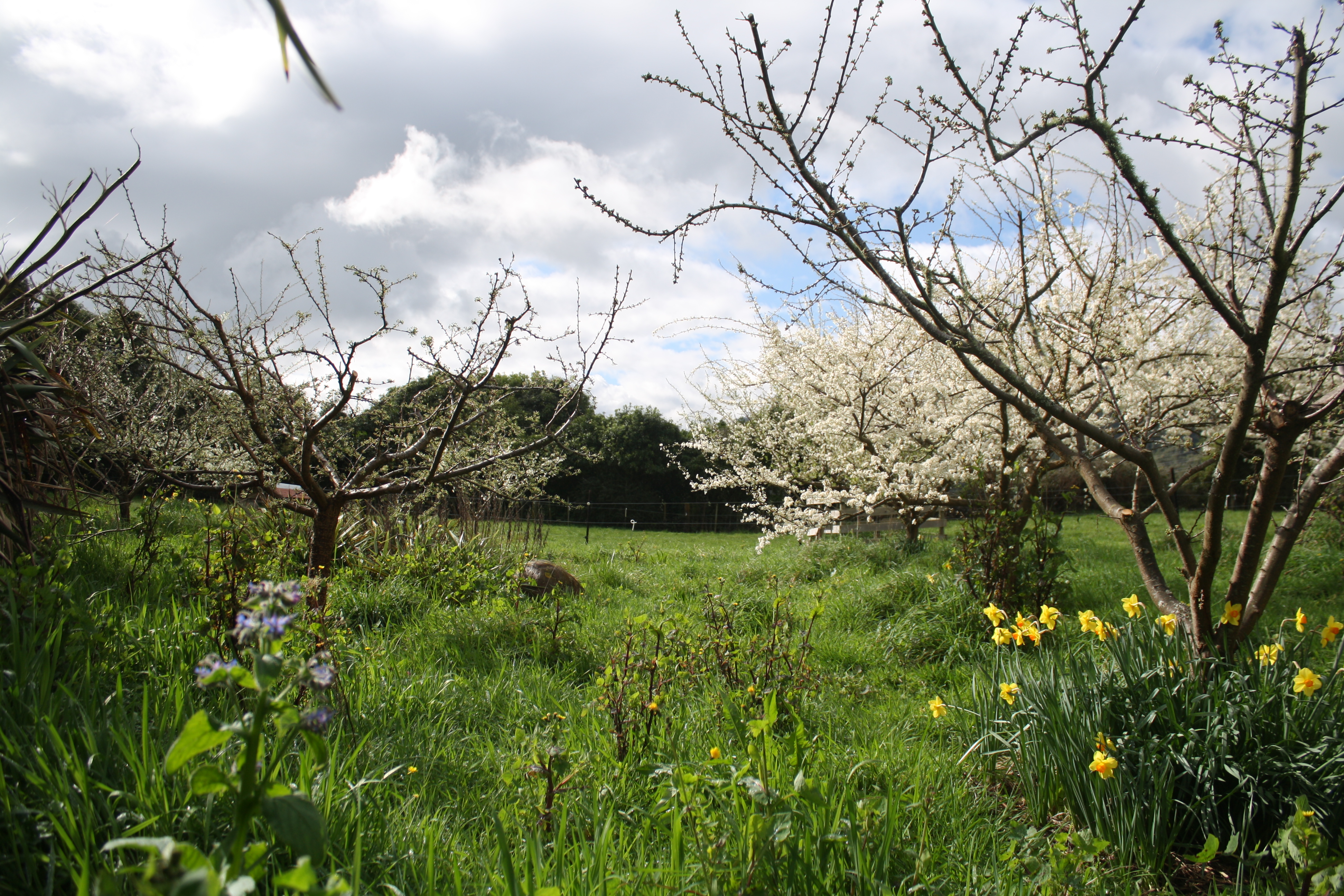
Begin your prune with the scaffolds. Ignore all the fiddly little laterals for now. Have loppers and pruning saw to hand, unless of course its a young tree you are working on.
Remove weak or broken branches.
Remove all growth in the shade under the main branches.
Identify the scaffolds to keep. Choose 4 - 6 well spaced branches that come off the trunk at about hip height through shoulder height.
Identify scaffolds to remove, bearing in mind that you don't want to remove too much in one go. In a young tree this wont equate to too much wood, but in an older tree - one a year is more than enough.
Only shorten branches if you need to bring balance and have one that's alot longer than the others. Don't remove more than a third off the end.
Remove all growth heading to the middle and growing in the middle. Fruit grows where the light is, if the middle is cluttered all the fruit will grow around the outside. By letting light right into the centre you'll get fruit along the branches.
Lets make fruit!

Finish your prune with the fruit producing, seceteur size wood. These are the laterals, the fruiting shoots that grow along the branches. Create a 20cm-ish space between each lateral by thinning (completely cutting off) laterals that cramp the space. Remove spindly, weak damaged growths or big fat ones as a preference. Like goldilocks - our preference is in the middle.
Shorten any laterals that are longer than 40cm. Prune back vigorous ones to a similar length to shorter ones.
Watershoots
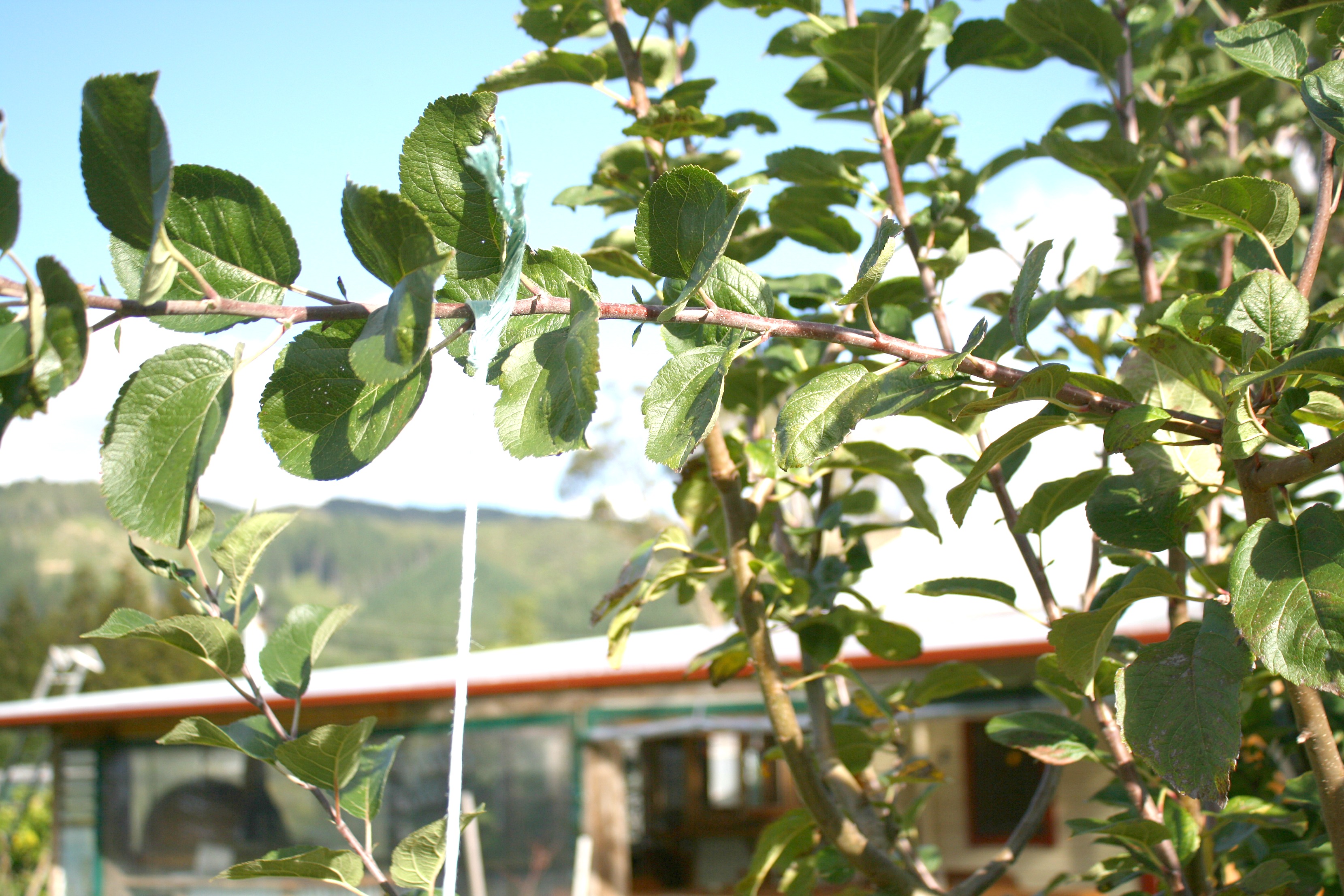
If your tree has loads of upright growths, don't remove all of them or you'll send it into a frenzy, ending up with three times more shoots next year.
Start by tying down as many as you can into whatever gaps you have. Pull them over into the gap and tie the growth down into the space.
Then thin out (remove) the tallest, most vigorous shoots and reduce the rest back to a couple of buds. With any luck they develop into fruiting spurs.
Lots of watershoots are a response to hard pruning and/or overfeeding. So bear this in mind.
Assess your beautiful prune
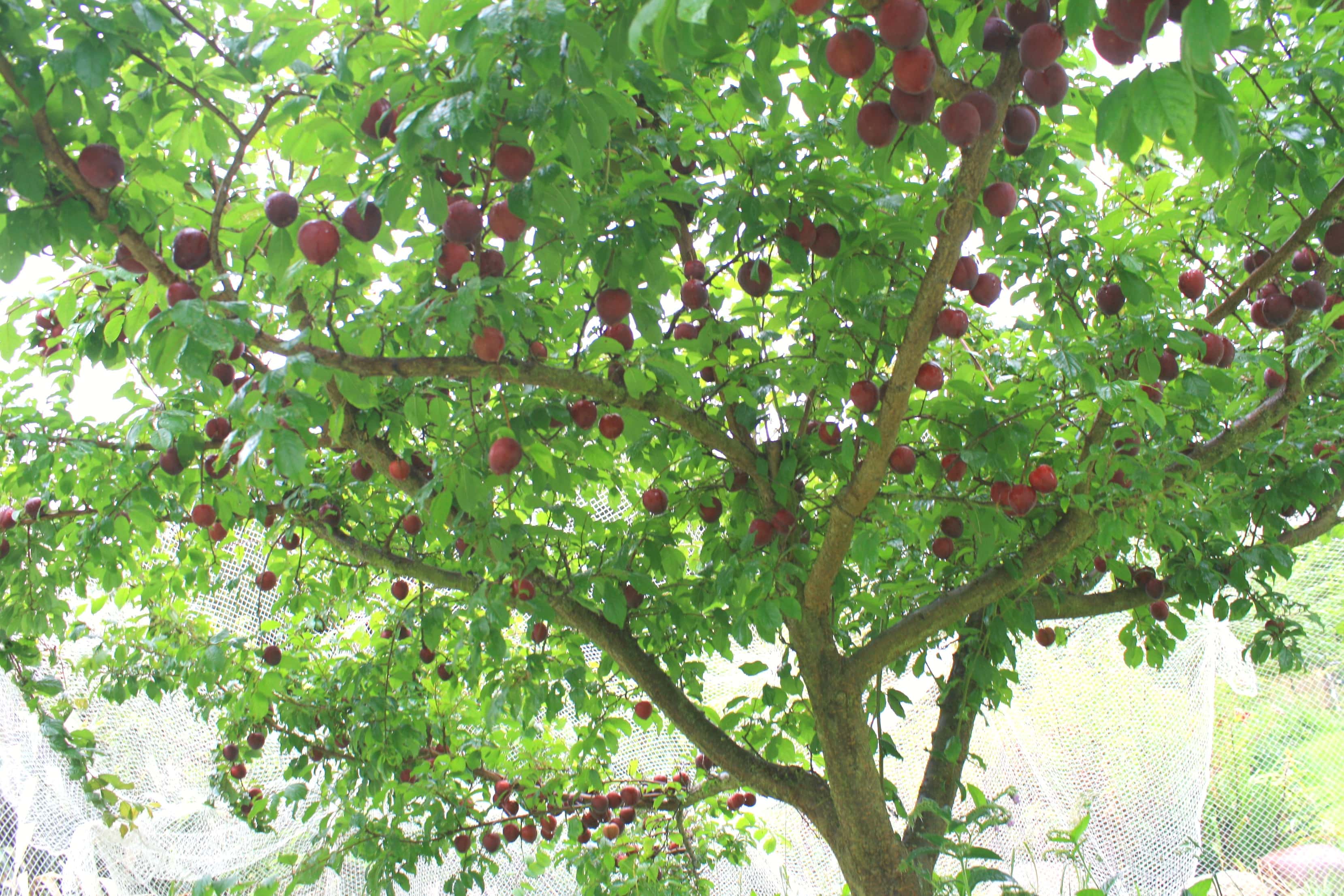
Step back and slowly walk all the way round the tree to check it's a balanced shape and light shines forth into every nook and cranny.
Chop up the pruning's and lay them beneath the tree to return the carbs. Job tidy.
